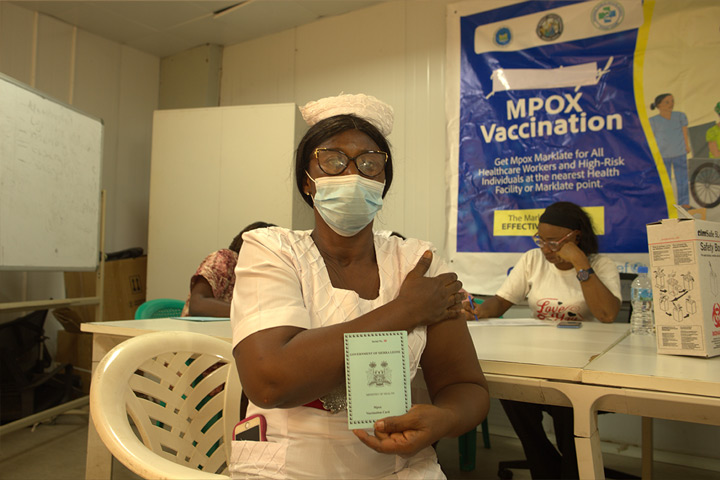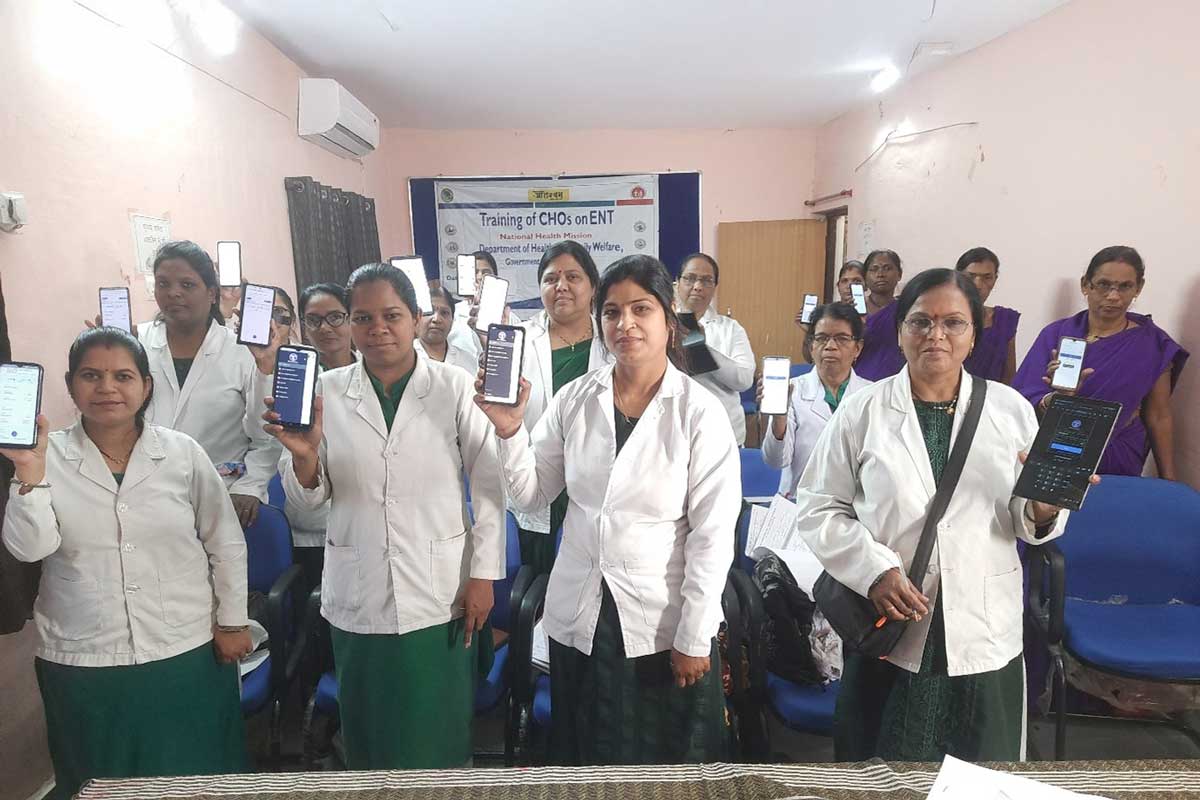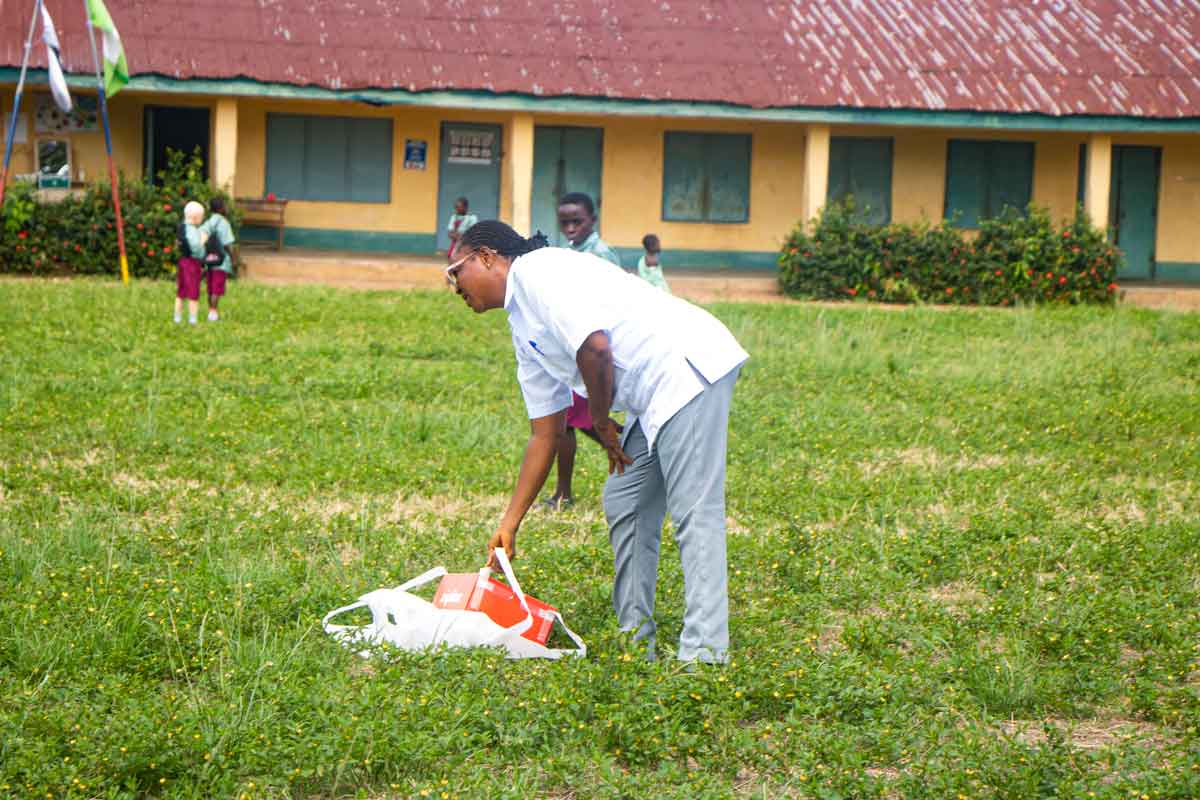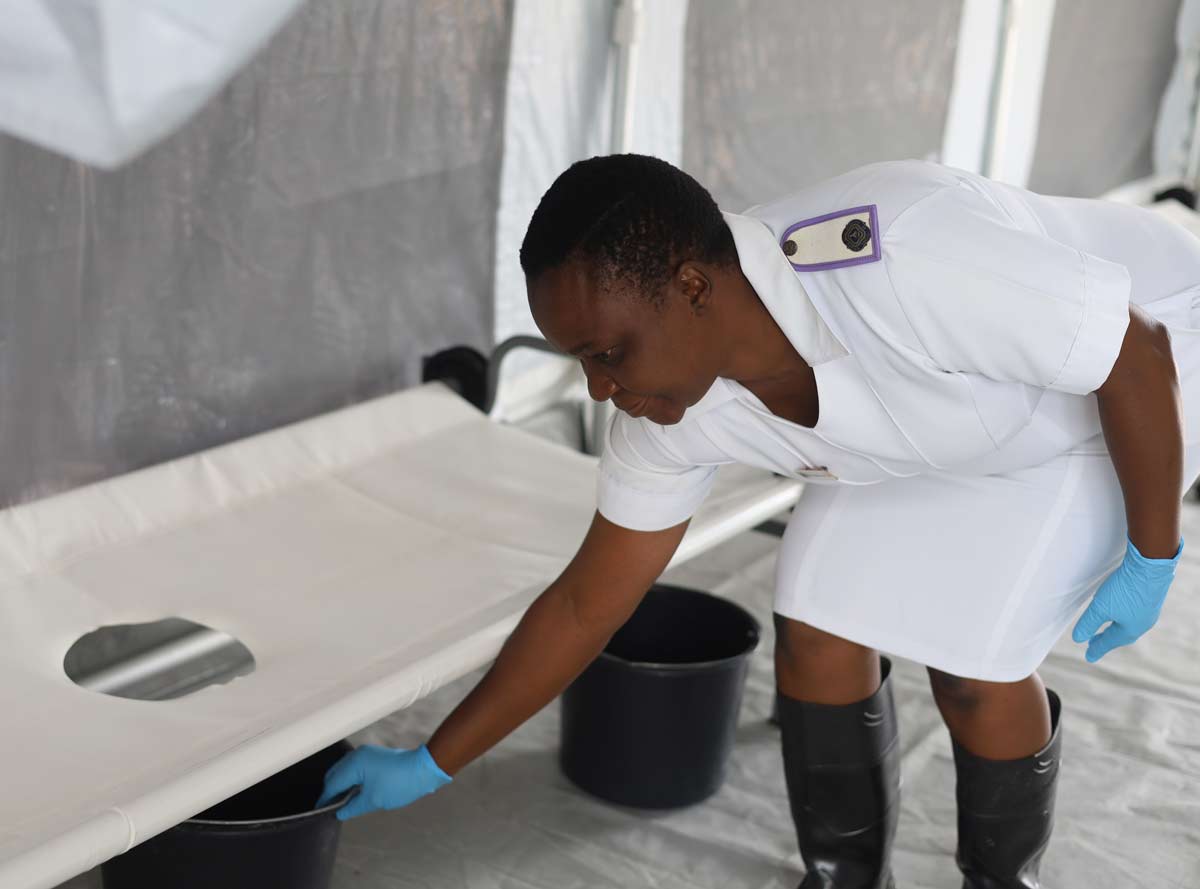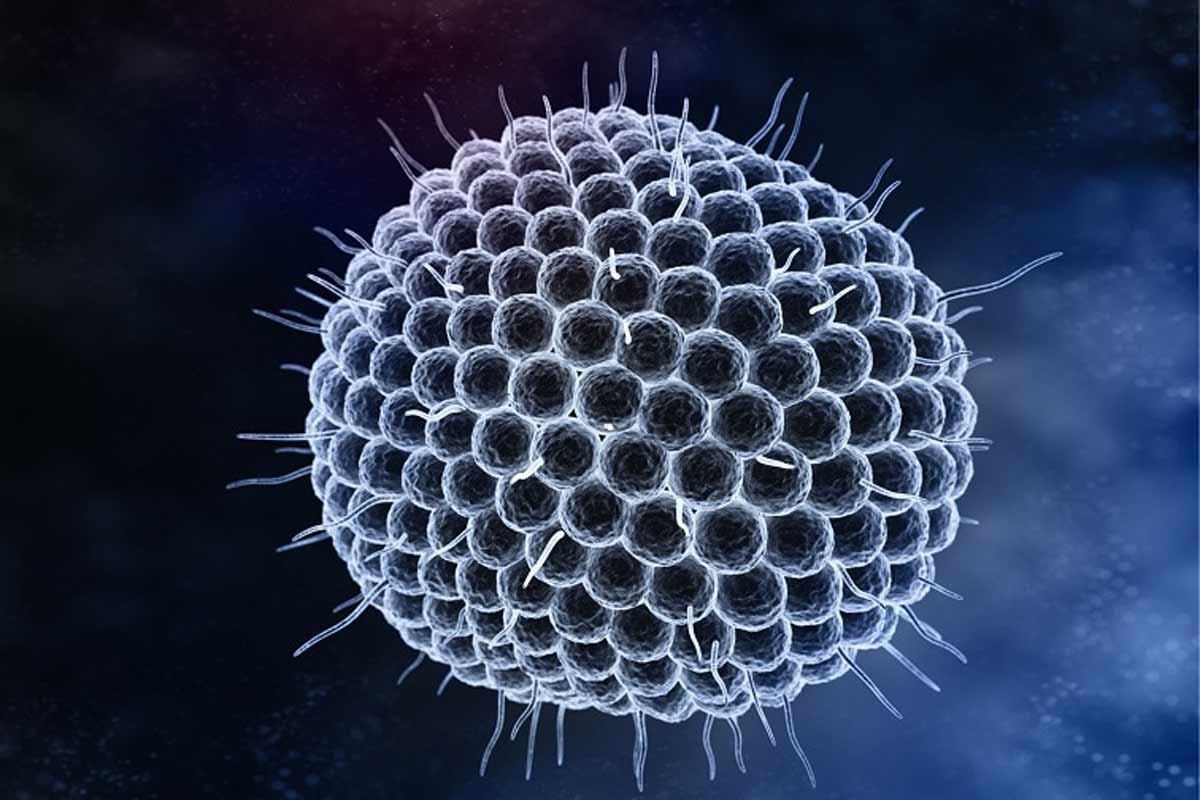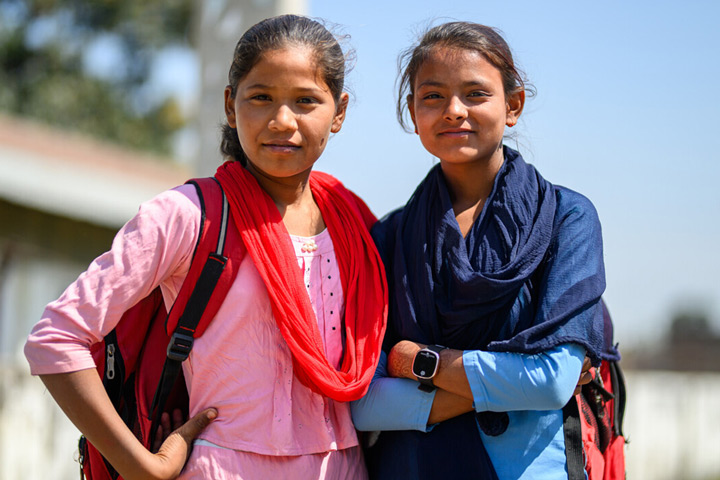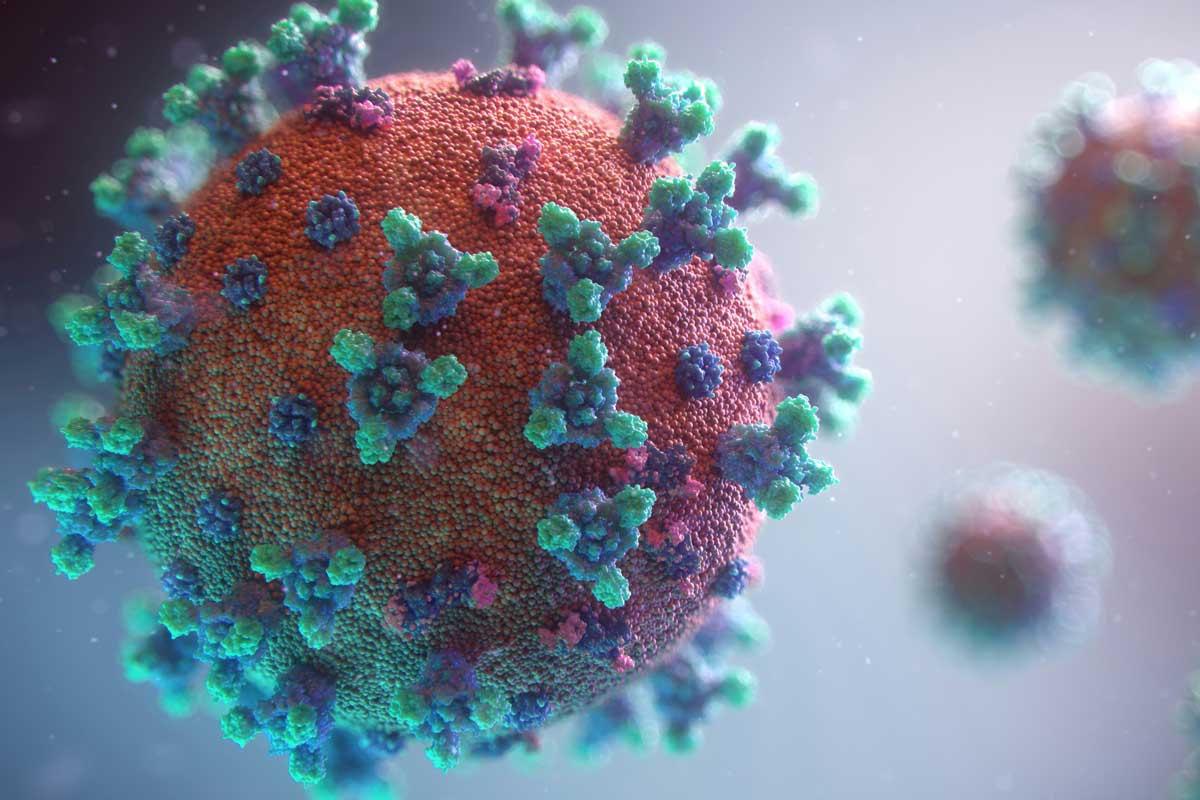Even a quarter dose of Moderna vaccine triggers strong immune response
Although it’s not clear how this compares to the full dose licensed worldwide for emergency use, a quarter of a dose produces an equivalent immune response to immunity from infection.
- 17 September 2021
- 3 min read
- by Priya Joi
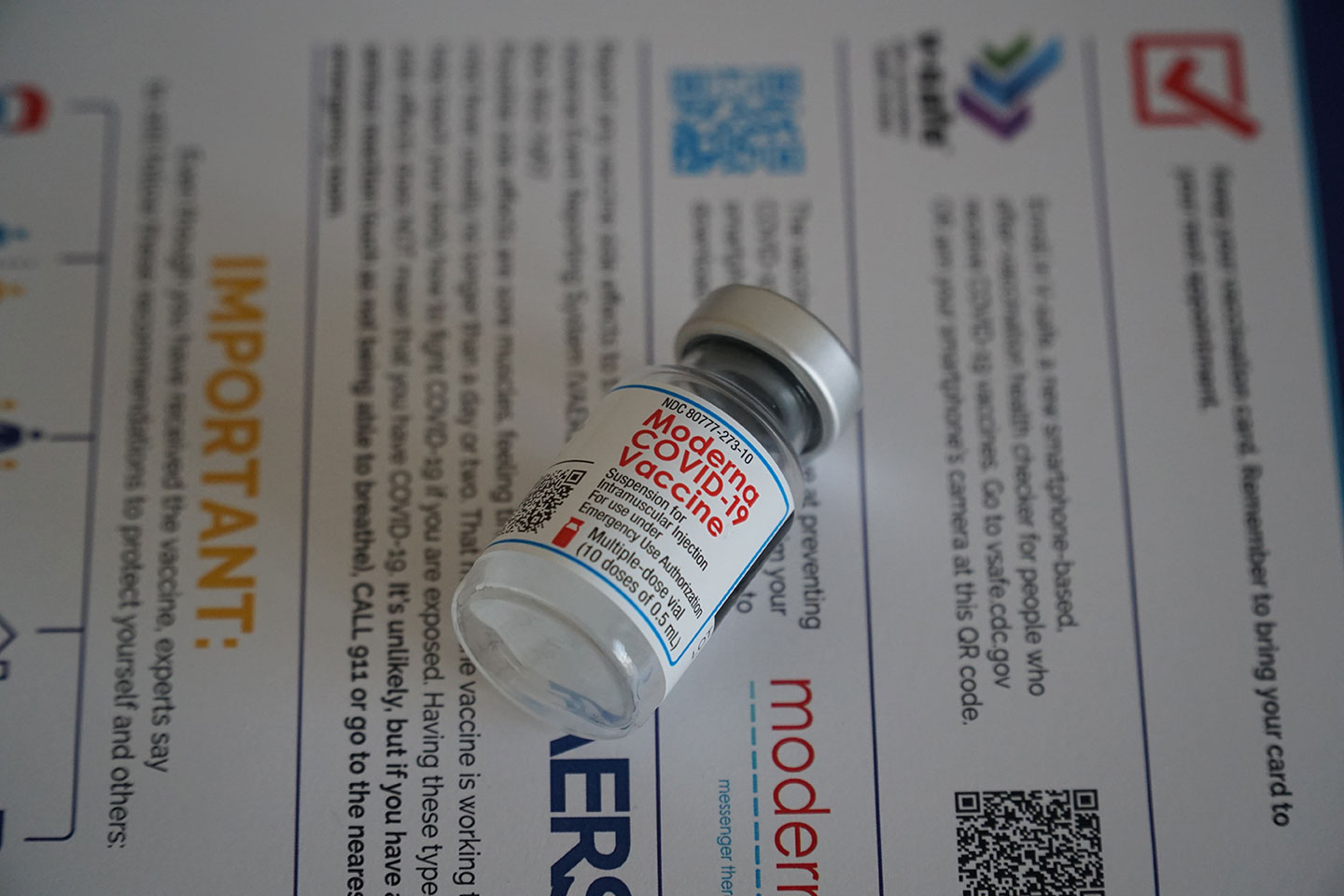
What is the research about?
In circumstances where vaccines are in short supply fractional dosing can be useful as a way of making doses go further – even if people don’t have full protection against a disease, partial protection could be better than nothing. For example, a fifth of the regular dose of the yellow fever vaccine can still provide immunity for a year or more, according to the World Health Organization (WHO), and fractional dosing was used during a major outbreak in southern Africa in 2016. WHO says that fractional dosing is currently being used for inactivated polio vaccine (IPV), Rabies and the BCG vaccine against tuberculosis. Whether or not a fractional dose of existing COVID-19 vaccines could still trigger an immune response that was comparable to natural infection has not yet been clear.
What did the researchers do?
In a study published in Science the researchers compared immune responses in people who had been given a 25-microgram dose (a quarter of the normal dose) of the Moderna mRNA vaccine compared with the immune response of people who have recovered from COVID-19.
Have you read?
What did they find?
The researchers found that the lower dose Moderna vaccine produces an immune response to the SARS-CoV-2 spike protein that is almost identical to the immune system’s response to a natural SARS-CoV-2 infection. Six months after the second vaccine, almost all of the 35 people vaccinated had ‘neutralising’ antibodies that stop the virus from infecting our cells, ‘killer’ cells that destroys infected cells and ‘helper’ cells that are also key to our immune response.
What does this mean?
The researchers do not yet know for sure how comparable the immune responses from a quarter dose and a regular are, as a clinical trial would be needed for that. However, the authors say “Low-dose RNA vaccines have potential advantages for future needs and applications such as dose sparing. It is of interest to consider different vaccine doses across age groups, or high- versus low-risk groups, but a better understanding of immune memory to different doses is key for such considerations. Data reported here are encouraging demonstrations of the potential of RNA vaccines to generate durable T cell and antibody immune memory, including at lower vaccine doses.” If fractional doses are approved for use in people, vaccine production will need to be modified to ensure that each dose contains a quarter of the normal amount, this means that bottlenecks in delivery and administration won’t necessarily be solved by this – what it could allow for is for the vaccine itself to go further.
More from Priya Joi
Recommended for you

